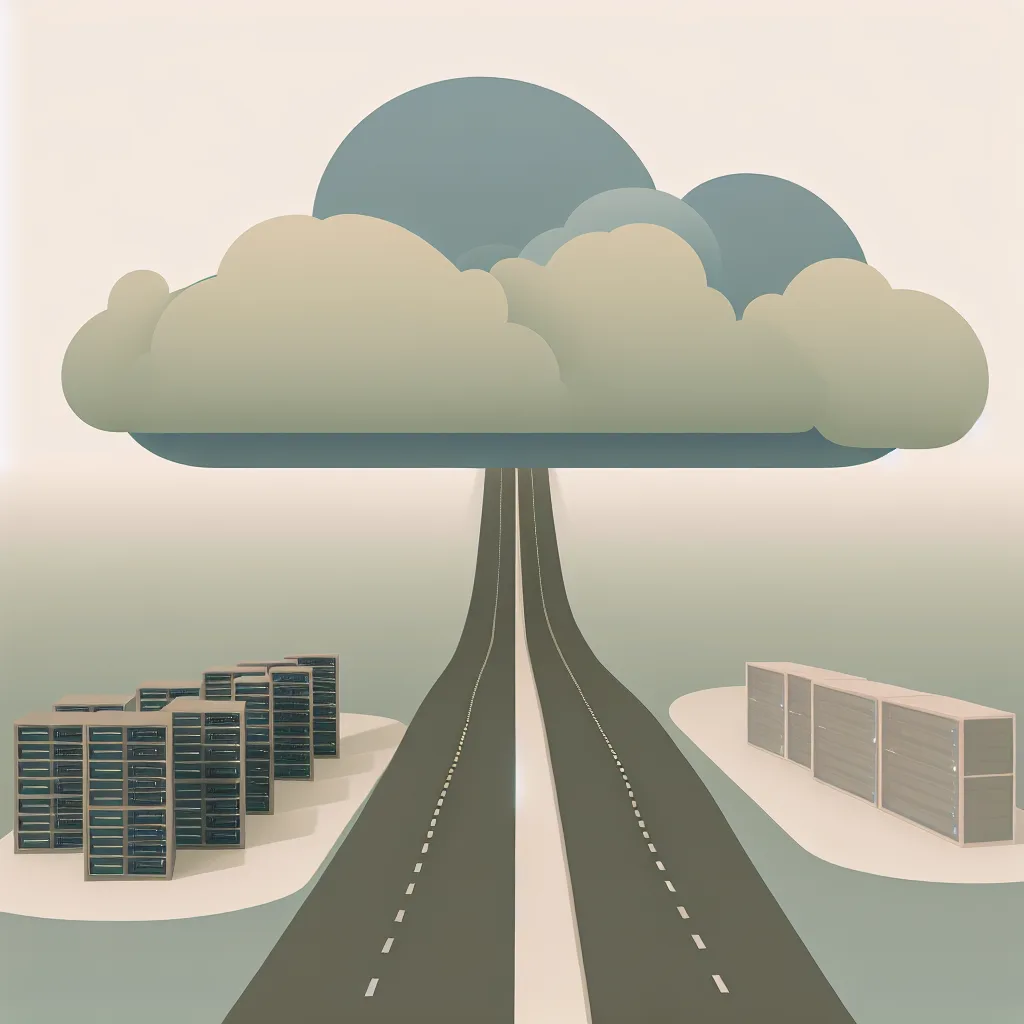Understanding the challenges and shifts shaping AI beyond the hype with insights into scaling limits and market changes
If you’ve been following the tech scene, you might have noticed a change in how people are talking about AI lately. The “AI boom challenges” are becoming more visible now, and I want to walk you through what’s going on behind the scenes. It’s not about AI disappearing or slowing down—that’s not happening. Instead, we’re hitting some real obstacles that could reshape the whole landscape.
The Scaling Law Problem: Why Bigger Isn’t Always Better
For a long time, the idea was simple: more computing power and more data mean better AI models. This belief, sometimes compared to Moore’s Law in AI, suggested that keeping this growth up would lead AI to keep getting smarter. But things are changing. AI researchers now see diminishing returns—meaning, pushing harder isn’t yielding the same leaps anymore.
Leaders in AI research have even said that the current way of training models is reaching its limits. Just look at some recent projects: GPT-5 didn’t quite live up to expectations, Google’s Gemini didn’t hit its performance goals, and some model releases have been delayed due to technical struggles. This means we need new ideas and fundamental breakthroughs, which could take years.
The Economic Death Spiral Holding Back Deep Research
Another piece of the puzzle is money. Running AI systems like ChatGPT is insanely expensive. For instance, OpenAI reportedly loses billions every year just trying to keep things running and train new models. They spend a huge chunk of their budget just on inference—the part that powers your conversation with AI in real time—and on keeping trained models operational.
This creates a tough spot: companies have to put a lot of cash into maintaining what they already have instead of taking big risks on new research that might take years to pay off—or might not work at all.
New Players Changing the Game With Efficiency
Meanwhile, some companies, especially from China, are approaching AI differently. Take DeepSeek, for example. They’ve built models that perform as well as big names like GPT but cost a fraction of the price to develop. Their pricing is super low, and these models can even run on regular consumer hardware—not just in giant cloud data centers.
There’s talk that soon, more powerful AI models could run on your own desktop, which would shake up how AI services charge and operate. Once that happens, you won’t have to rely on expensive cloud APIs, and that’s a big shift in how AI is delivered today.
Why Enterprises Are Bringing AI In-House
On the business side, many companies are waking up to these changes. Nearly half of IT decision-makers are now building AI capabilities inside their own networks because it’s often cheaper and faster than renting cloud AI services.
Some companies spend millions a year on cloud AI, so switching to running AI locally makes a lot of sense financially. A single server can replace thousands in monthly cloud bills, which means big savings for enterprises.
The Innovation Trap: Big Money, Less Risk
It sounds a bit ironic, but the companies that have the most money often feel the least able to take risky research bets. They’ve got big operational costs and pressure to keep things stable. This leaves smaller, more nimble teams and international players freer to dive into fundamental research that might lead to the next big change.
What Does This All Mean?
So where’s this all heading? Here are a few key takeaways:
- We’ll see major valuation adjustments for AI companies that were betting on continuous exponential improvements.
- General-purpose AI models might become more common and cheaper, almost like commodities.
- There’ll be a push toward specialized AI built for specific industries or tasks.
- AI workloads could return more to on-premises, local servers instead of mostly cloud.
The next big leaps in AI won’t just be about bigger models but about fresh architectural breakthroughs. And perhaps the leaders of tomorrow’s AI won’t be the giants dominating today.
If you’re interested in the technical talks, Ilya Sutskever’s presentation at NeurIPS 2024 offers some insights, and for the latest on model performances, sources like The Verge and eWeek provide valuable updates. Companies like IBM and Red Hat also publish useful market analyses that reflect these trends.
Understanding the “AI boom challenges” helps us appreciate that while AI is far from over, its path forward is more complex and exciting than ever.
